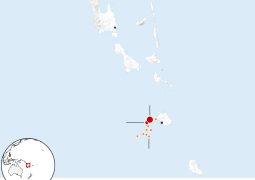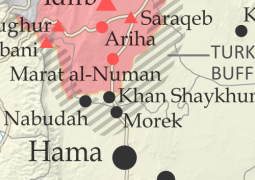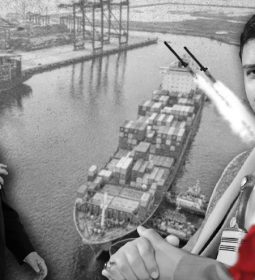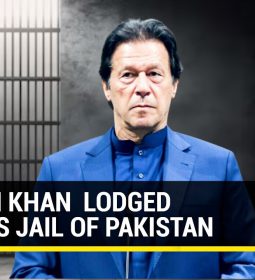Bangkok slum residents prepare for worst as virus grips Thailand
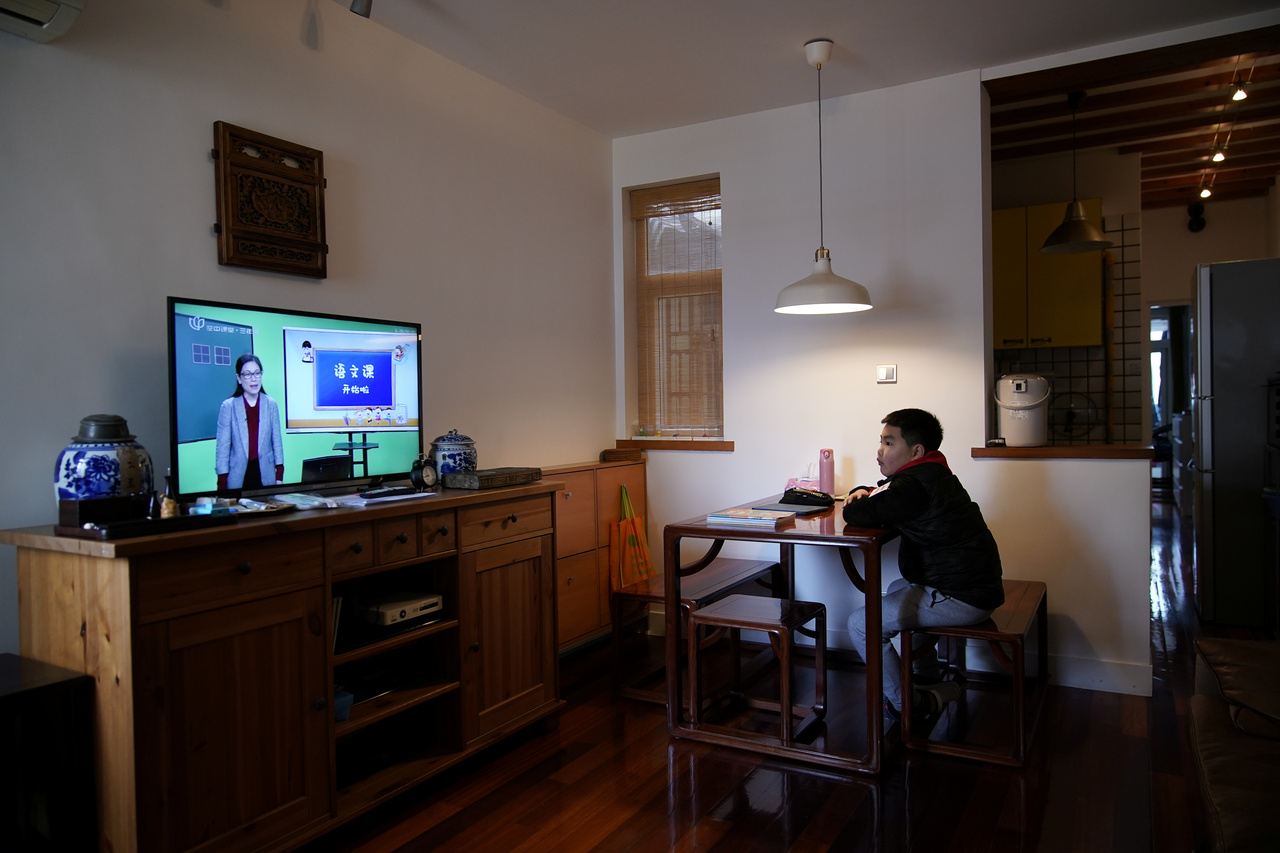
People who live in Khlong Toey worry not only about the virus, but whether they will be able to support their families.
Thailand has been closing down schools, shopping malls and entertainment venues to stem the spread of the coronavirus [Diego Azubel/EPA]
Bangkok, Thailand – As the world grapples with, the phrases on everyone’s lips are “social distancing”, and “self-isolation”, but for Bangkok resident Maliwan Kamdaeng that is a near- impossible task.
The 44-year old is one of 100,000 people living in Bangkok’s largest slum community, Khlong Toey, a sprawling settlement in the centre of the city.
In the mornings, Maliwan works in the city at a large logistics company where she spends time with people from all over capital. Now that the number of cases in Thailand has reached nearly 600, she is afraid that she is at risk of contracting the virus from her colleagues.
“We’re all scared about getting it at work. We think it’s far away. But we’re still very scared,” she told Al Jazeera from the front porch of her home, a house stitched together with cracked wood and sheets of tin squeezed snugly between dozens of other makeshift homes.
Inside, her young children were tossing a ball around while her mother watches a soap opera on television.
Maliwan’s concern is not only that she might get sick and expose her children to the virus, but that her office could suddenly close leaving her without any money.
“I’m the main provider for the family,” she said. When asked how many people she provides for, she could not help but laugh. Working from home is not an option.
“I’m taking care of eight people right now. Five children, and three adults. I can’t stop working. If the office closed down, I would have to find another way to make money. Maybe wash clothes, or look on the internet for something else I could do from home. I’d have to find work around here that I could do from home,” she said.
Like many Klong Toey residents, Maliwan commutes to work in an office in Bangkok. She lives with her children, her mother and other members of her extended family [Caleb Quinley/Al Jazeera]
Maliwan’s mother is 74 and healthy.
“She’s very strong. But there are elderly in every house around here,” she said with a pause.
Densely populated
Those most vulnerable to the coronavirus are the elderly and people with serious underlying illnesses such as diabetes or cancer.
But people who lack access to healthcare, or live in a setting where sanitary systems are not adequately developed, can also be at risk.
Bangkok’s Khlong Toey slum, well known for its large market, checks all of these boxes.
Cecilia Tacoli, Principal researcher, Human Settlements, for International Institute for Environment and Development (IIED), said social distancing is “unrealistic” for the world’s poor.
“Low-income settlements in cities of low- and middle-income nations are typically very densely populated, with very inadequate provision of basic infrastructure, [water and sanitation] and services [health services], all of which encourage the spread of communicable diseases,” she said.
“The vast majority of the urban poor do not have access to formal employment but rely on casual jobs which only provide meagre incomes. This means that current prescriptions – from washing hands frequently to social isolation and working from home – are unrealistic.”
Tacoli added that although it is clear that the elderly are most at risk globally, the vulnerability of older women could prove disastrous.
“It is worth keeping in mind that throughout the world about three billion people live in such settlements, and that in many cities they are the majority of the population. Older people, especially women, often play a very important role looking after children and ill relatives. These two observations are critical in considering worst-case scenarios,” she said.
Khlong Toey is Bangkok’s largest and most well-known slum. Some 100,000 people live along its narrow alleyways. [Caleb Quinley/Al Jazeera]
“The high density of people and the inability to create effective social distancing are key factors in making transmission more likely,” said Eric Fevre, a professor of veterinary infectious diseases at the University of Liverpool.
Like Maliwan, many residents of such settlements live in extended families but have only a few rooms. Some may have only one. And if the area itself were quarantined, the situation could even become dangerous because any illness could spread quickly through the densely populated area.
Preparing for the worst
Nor are slum communities isolated from the rest of the city, leaving them as vulnerable to the disease as elsewhere.
“In addition, I would add that such settlements are at risk because the people who live there have to be able to access other richer parts of the city for work,” Fevre told Al Jazeera.
In Bangkok, people from Khlong Toey, who work not only in offices, but in industries such as hotels, public transport, and security, ensure the city continues to function.
So far, the government has not made any significant attempt to inform those living in slum communities that they are indeed more vulnerable.
But late last week, the government began implementing more serious measures to curb COVID-19 by tightening travel restrictions, closing schools, most bars and restaurants, malls, and other entertainment venues.
As Bangkok edges further towards a complete shutdown, Maliwan says she is prepared for the worst.
Leaning on her front door on a dark strip of wooden homes only illuminated by weak fluorescent lighting, Maliwan contemplated how she would respond if the virus started spreading through her community.
“I would keep my kids inside the house,” she said, as her children tugged at her knees for attention.
“I wouldn’t let them go outside. I would try to protect them as best as I could. We would wear masks and make sure to keep the house disinfected and stay together.”
- Previous Russian Army sending hard-hit Italy coronavirus aid
- Next Bali will emerge as Indonesia’s coronavirus hotspot





